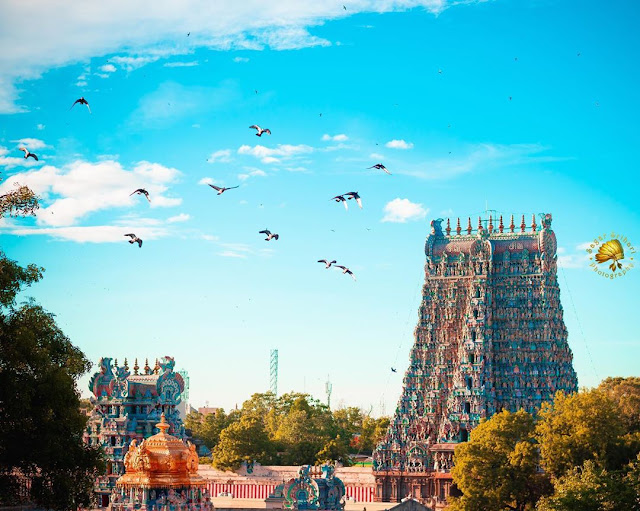Ashoka Pillars
The Pillars of Ashoka are a series of columns dispersed throughout the northern India subcontinent, erected or at last inscribed by the Mauryan king Ashoka during his reign in the 3rd century BC. Originally, these must have been many Pillars but only nineteen survive with inscription. Many are preserved in a fragmentary state.
Averaging between forty and fifty feet in hight, and weighing up to fifty tons each. All the Pillars were quarried at chunar, just south of Varanasi and dragged, sometimes hundreds of miles, to were they were erected.
Sarnath
Ashoka Pillar at Sarnath is one of the most famous and visited tourists spot in India. Emperor Ashoka erected this pillar in other parts of his kingdom. The date of erection of this pillar in other parts of his kingdom. The date of erection of this Pillars is also confirmed by the eclects of Ashoka that is engraved on it. The pillar also record the visit is said to be around Mid 3rd century BC. It is interesting to note that at one time the Ashoka pillar of Sarnath stood over 17 meters in hight. Its capital with the four lions back to back that has been adopted as the official emblem of modern India can be seen in the museum at Sarnath.
 |
| Pillars_of_Ashoka |
This Pillar of Ashoka at Sarnath is famous for its edict. It bears one of the edicts. The edict has an inscription that is said to target schism within the Buddhist community. It reads, "No one shall cause division in the order of monks". The surmounted by a capital. Among others, it consists of a canopy representing an inverted bell shaped lotus flower. A short cylindrical aliacus assists it where four 24 - Spoked Dharma wheels with four animals (an elephant, a bull, a horse, a lion in this order), and four lions fall the four cardinal directions. The four animals are believed to symbolize different steps of the Gautam Buddha's life. There are two Ashoka Pillars in Delhi :-
Ashoka Pillar near the Hindu Rao Hospital
In 1356, Feroz Shah Tughlaq the third sultan of the Tughlaq dynasty ordered the transfer of this Ashokan pillar located in Meerut to Delhi. This was simply because he liked the stracture and was extremely fond of collecting antiquities. The Ashokan Pillar dates back to the 3rd century B.C. and was first brought near his Hunting Lodge.
 |
| Pillars_of_Ashoka |
The magnificent stracture built of polished sandstone is 14 feet high. There are seven main inscriptions in this pillar. They are all written in the Brahmic script. The massage that is inscribed at the base of the pillar advocates that there will be a lot of peace and hormoney in the world if the teaching of Lord Buddha are religiously followed.
 |
| Pillars_of_Ashoka |
Unfortunately in the year 1713, this pillar was damaged because of a gun powder explosion. It broke into five pieces. Hindu Rao then took the initiative to donate all these pieces to the Asiatic Society in Kolkata.
Finally in the year 1867, a group of enthusiastic people joined these pieces together and re-erected it. It was restored in its entire original architectural splendour far all to admire. However, this Ashokan pillar is not in a very good condition now.
Ashoka Pillar at the Feroz Shah Kotla
This Ashok pillar is in a relatively better condition. This 13 meter high sandstone pillar was transported from Topra in Ambala district. A pyramidal stracture in three storeys was built by Feroz Shah Tughlaq in install this
 |
| Pillars_of_Ashoka |
pillar. This pillar edict records the ten commandments of the Buddha in Brahmi script. It is so polished that it is often mistakenly throught to be built of metal.


















































